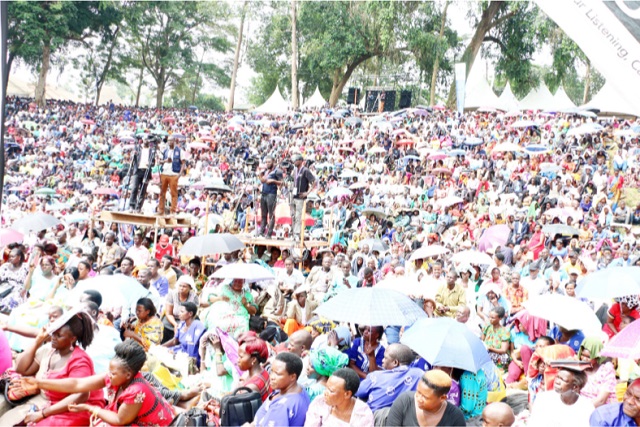
How the ‘Kaveera ban’ failed
Kampala, Uganda | ALFRED OCHWO | Even though the Uganda Episcopal Conference declared the Uganda Martyrs a kaveera-free zone under a campaign dubbed ‘TuvvekuKaveera’, the ban did not work. And the pilgrims were not to blame. It was the traders.
Just after the service inside the shrines’ the compound were littered with plastic bags despite the fact that several bins were in place with clear warning against kavera.
It appeared, however, as if the service providers who were mostly using plastic bags to serve their items; including foodstuffs, had missed the memo.
Then there were the polythene bags producers who were using public speakers outside the shrine to announce that the use of kaveera was not banned in Namugongo – contrary to the church’s pronouncements that there will be no kaveera in Namugongo.
“Kaveera of 30 microns can still be used and this can be recycled, we employ more than 50,000 people,” the producers kept announcing.
The conflicting messages must have left the hundreds of thousands of pilgrims converged both the Catholic and Anglican Martyrs’ shrine in Namugongo to pay homage to the Uganda Martyrs on June 03 confused if not amused.
The pilgrims started arriving a week before the event at the two historical grounds for prayers. And, as always, merchants were on hand to cut deals with the pilgrims. Sellers of bottled drinks and fresh fruits appeared to have the best sales. Make-shift eateries suffered heavy losses as the tents they had set up remained empty. Many traders blamed the heavy security for the slow business. The tight security told pilgrims to stick to one location and not to make unnecessary movements.
 The Independent Uganda: You get the Truth we Pay the Price
The Independent Uganda: You get the Truth we Pay the Price



